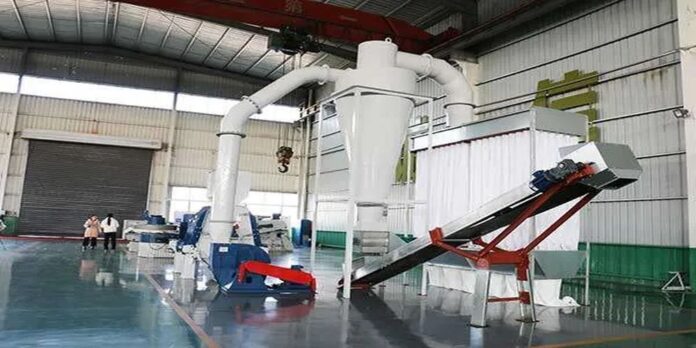In the last ten years, a big change has significantly affected the pellet fuel market. Wood pellets are the most common kind of pellet fuel. They are made from waste materials like dried sawdust, wood shavings, and other industrial byproducts. Most of the time, pellets are widely used as a new type of fuel in many countries and in our everyday lives because of the many reasons which we will discuss in this post.
Different Raw Materials
In the past, people always thought of logs as the traditional fuel. Unlike logs, wood pellets can be made from any biomass material, such as straws, energy crops, sawdust, crop straw, grasses, and others.
Environment-Friendly
After the pellets are made, they have less water and are denser than logs. It makes sure that when wood pellets are burned, less carbon dioxide is released into the air than when logs are burned. In other words, pellets make less smoke and ash.
Low-cost
Compared to other fuel types, like sawdust, wood, etc., wood pellets are a little more expensive. But it is much cheaper to use oil, electricity, or natural gas as a fuel source.
How to Use a Small Pellet Mill to Make Wood Pellets
In making biomass denser, using a wood pellet mill is common. It’s the same as the flat die pellet mill on the market. It is mostly used at home to heat or feed animals and make our lives easier. For example, you can build your own style of heating system for your home and make your own wood pellets. Also, different openings or molds can be used to make different kinds of feed pellets for different types of animals.
There are three steps in the production process:
Step #1 Getting the Raw Materials and Resizing
Raw materials include:
- A wood waste (like wood shavings and sawdust).
- Farm waste (like plant corn cobs, corn stalks, and straw).
- Yard waste (like tree sticks, grass, and leaves).
- Other biomass materials.
Before putting the raw materials into the pellet mill, they shouldn’t be bigger than 1 inch (2.5cm) in size, so you should use a hammer mill to reduce the size as much as possible. The hammer mill can run quickly, at speeds between 3000 and 8000 RPM. The particle size is determined by how big the holes in the screen are, which can be anywhere from 1 mm to 10 mm or more. Hammer mills are the most popular choice in plants that make pellets because they have a wide range of screens that can make particles of different sizes.
Step #2 Pelletizing
With the help of a roller, the dried materials will be pushed through the die hole of a small pellet mill. Most of the time, R and D are the most common types (rotating roller type). And there are different types of engines that can be used to make the best pellets. For example, you can use an electric engine, a gasoline engine, a diesel engine, or a PTO.
Step #3 Bagging
After the process is done, the wood pellets will be put into bags to protect them and make them easier to move.
Final Thoughts
Research done in the past few years shows that the wood pellets market has a bright future and that there is still a big demand for wood pellets worldwide. On the other hand, wood pellets are better for the environment than most other fuel types. It will be a big part of how environmental protection improves over time. Also, wood pellets are a new type of fuel that can be used to burn raw materials fully. In other words, a little wood gives a lot of heat. So, wood pellets still have a good future, whether they are used at home or for business.




